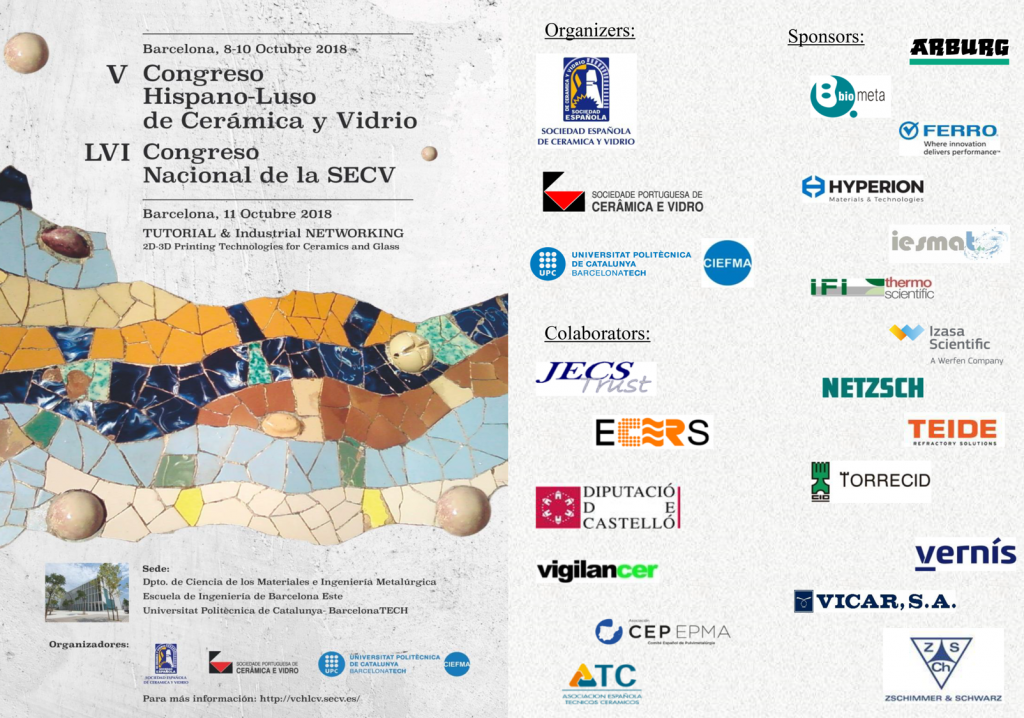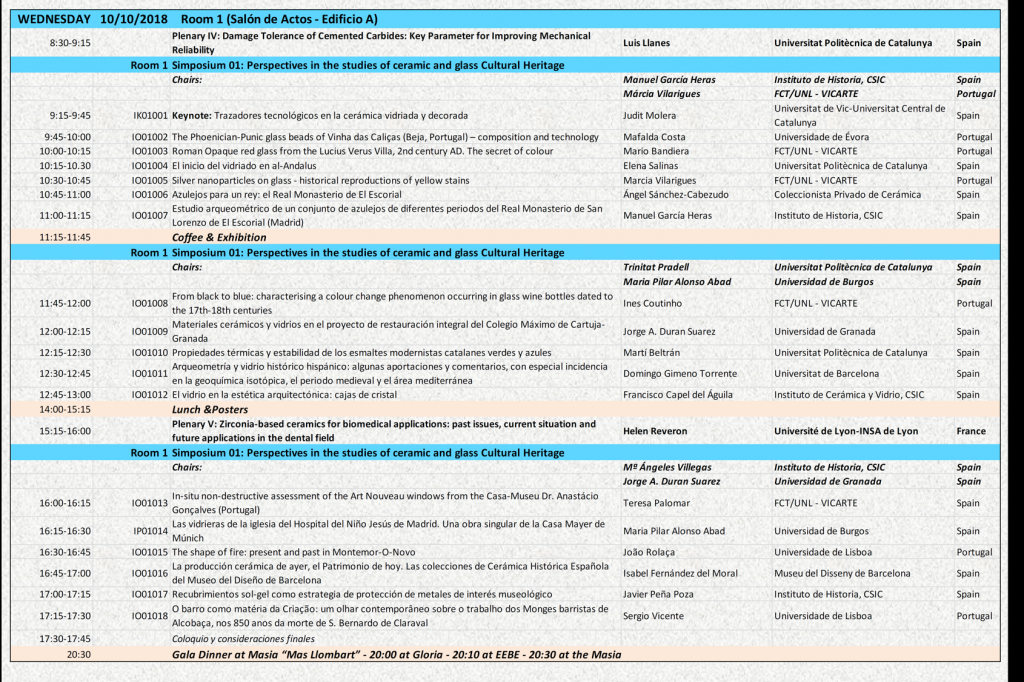Technological tracers in glazed and decorated ceramics.
Lead glazes and Tin glazes were widely used in the Iberian Peninsula from the Islamic period to 20th century. The analysis of the glazes of historical ceramics allows us to know how the technique of lead glazes was introduced and how it was spread. In the ancient glazes can remain unreacted grains, which allow to know the raw materials used, not completely melted components and newly formed crystals during firing which indicate temperatures, atmosphere and firing conditions. Crystals in glazes are tracers of the technology of glazed ceramics and its study allows to contribute to the historical knowledge of ceramics.
The microstructures of glazes are analyzed by optical microscopy (transmission and reflection using thin sections) and chemical composition were determined by scanning electronic microscopy (SEM-EDX) and micro-diffraction of x-rays using synchrotron light.
In this Keynote a review of the main reactions and which crystalline phases were developed during firing Lead glazes (using PbO or PbS) and Tin glazes were presented.



Leave a Reply